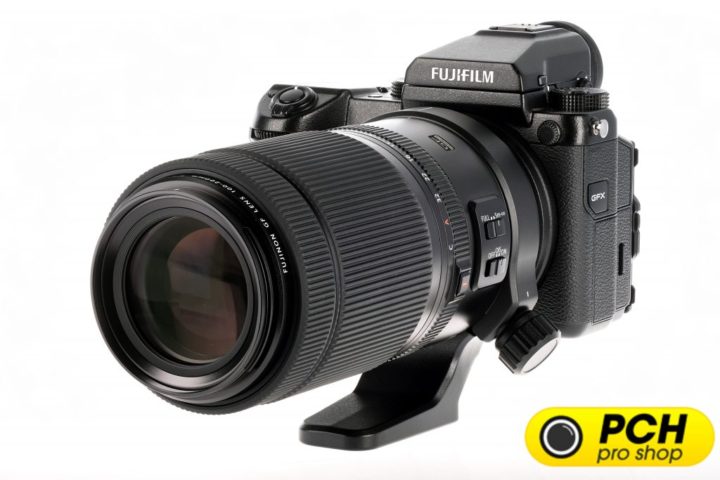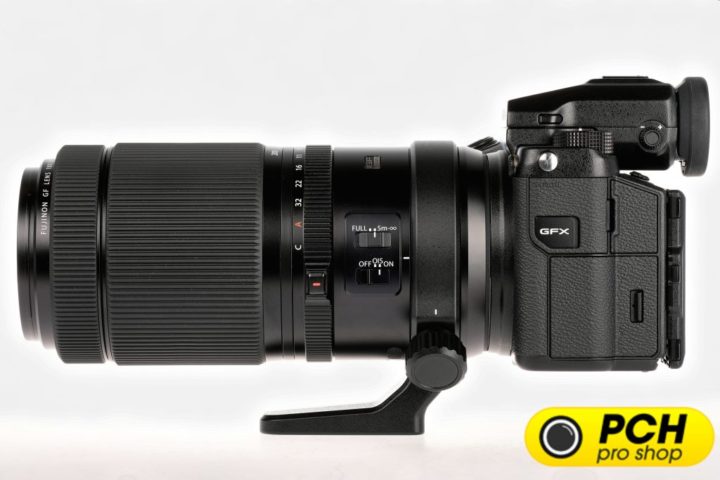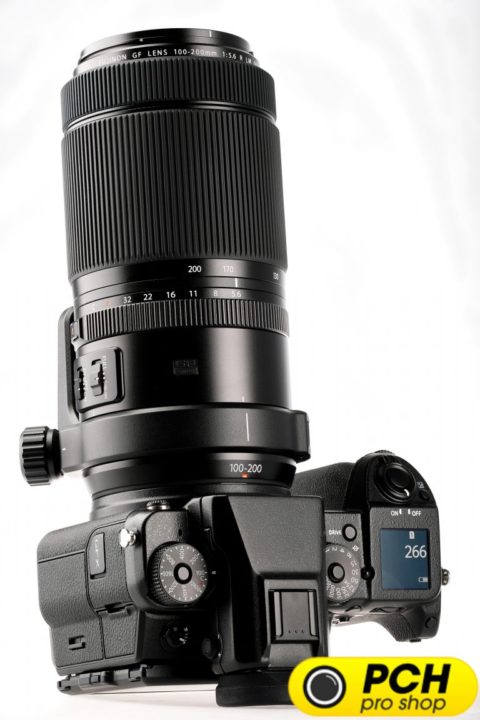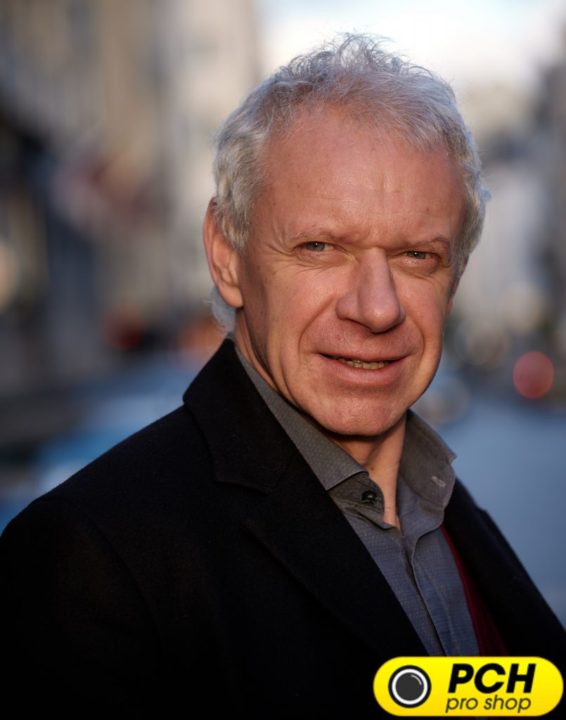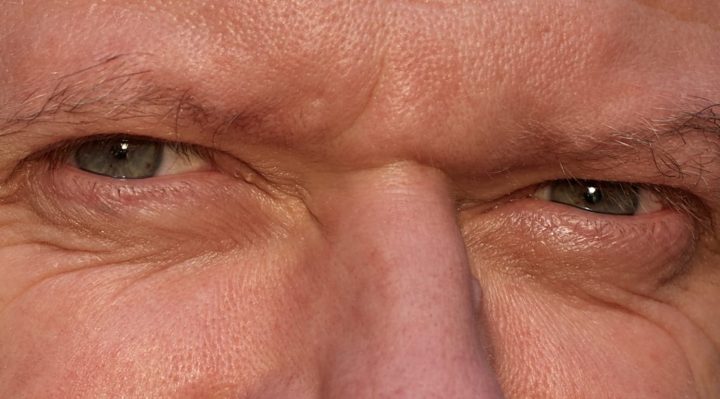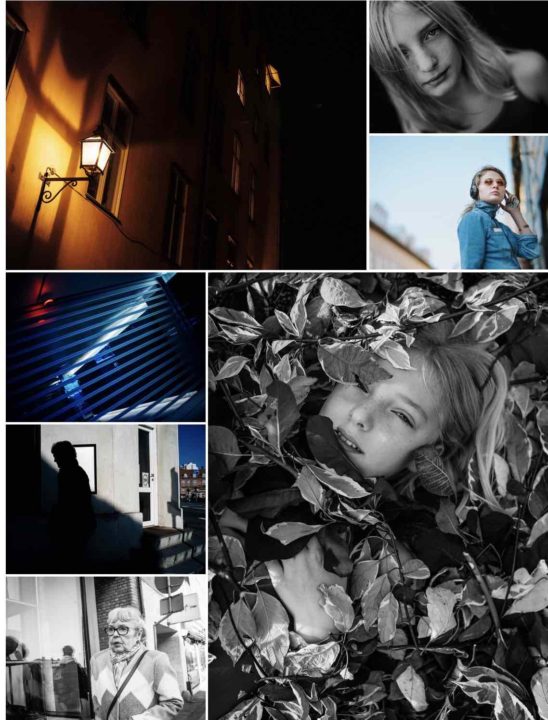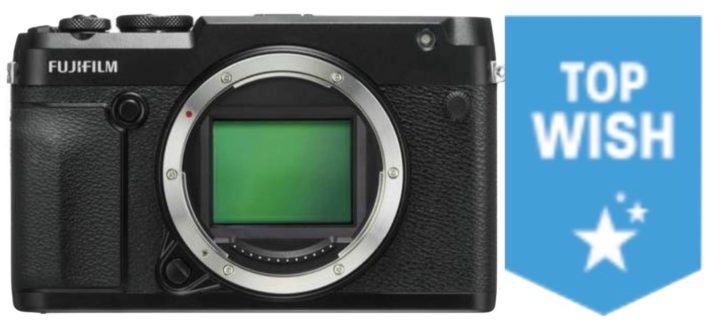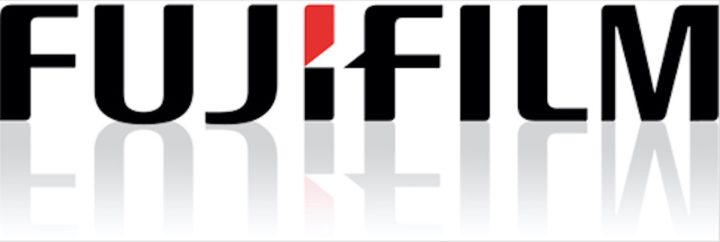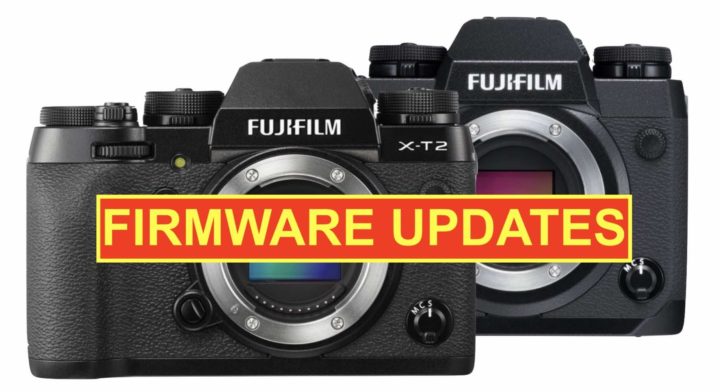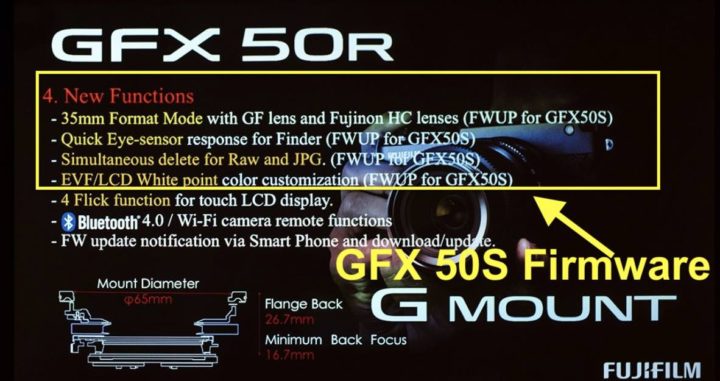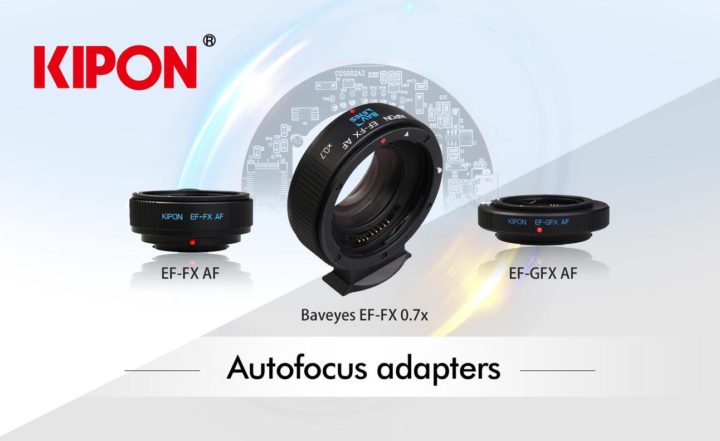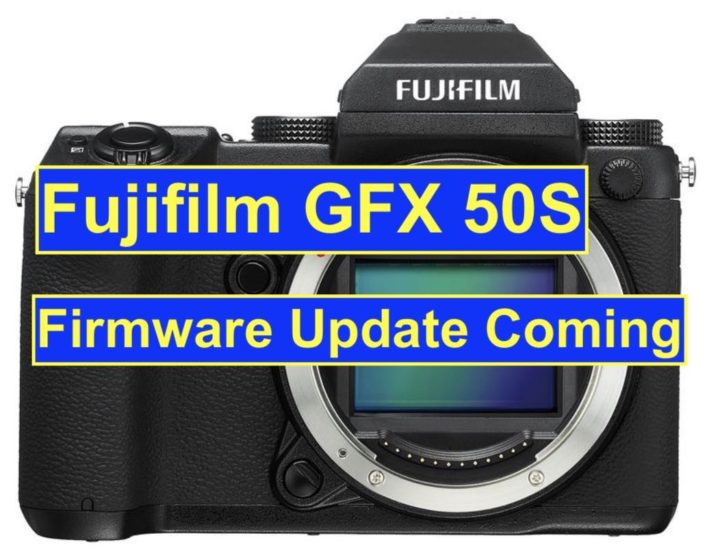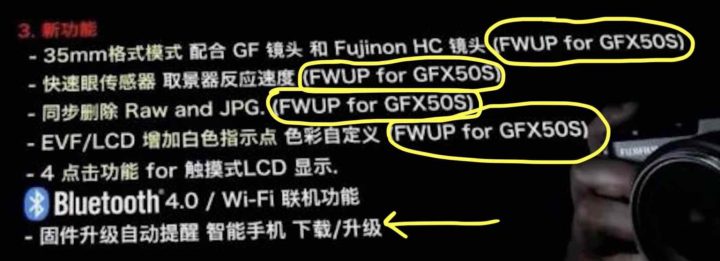DPReviewTV Best and Worst of 2018: Fujifilm X-T3 Beats Sony A7III and Nikon Z6, but Fujifilm X-T100 and XF10 Fail
Best Gear 2018
Chris and Jordan from DPReviewTV just published their best and worst gear 2018 epsiode.
The GOOD News:
The Fujifilm X-T3 wins the award for the best camera of 2018, beating the full frame Sony A7III and Nikon Z6.
The Fujifilm X-T3 has already been declared best camera of 2018 by many big youtubers and blogs. Check out our recent best of 2018 overview here.
The BAD News:
The Fujifilm X-T100 has been declared worst video camera of 2018, with a useless 4K. The Fujifilm XF10 is the thrid worst camera of 2018. Bad and unreliable focussing. Slow, laggy.
Dear Fujifilm, this is what happens if you put an old and slow processor in cameras that otherwise would have a very nice sensor.
The MISSING News:
Strangly, not a single Fujinon lens makes it into the list.
I believe the Fujinon XF200mmF2 would have deserved a top spot, and not to forget the Fujinon XF8-16mmF2.8 or the Fujinon GF250mmF4.
And maybe also the medium format Fujifilm GFX50R should have gotten at least an honorable mention.
BEST CAMERA 2018
WORST CAMERA 2018
BEST LENS 2018
WORST LENS 2018
- Sony 18-135mm F3.5-5.6
- Nikon Z lenses, particulary the 50mmF1.8. Ugly bokeh
BEST VIDEO CAMERA 2018
- Panasonic GH5S (FYI: no IBIS camera. And why that is good, is explained by Panasonic here)
- Blackmagic Pocket Cinema Camera 4K
- DJI Mavi II Pro
WORST VIDEO CAMERA 2018
EXPIRES SOON: Fujifilm X-T3 + v. grip (save $130): BHphoto, AmazonUS, Adorama, Focuscamera
Follow FujiRumors: Facebook, RSS-feed, Instagram, Youtube and Twitter
News, Rumors and Community
Fujifilm X-T facebook group
Fujifilm X-T facebook page

